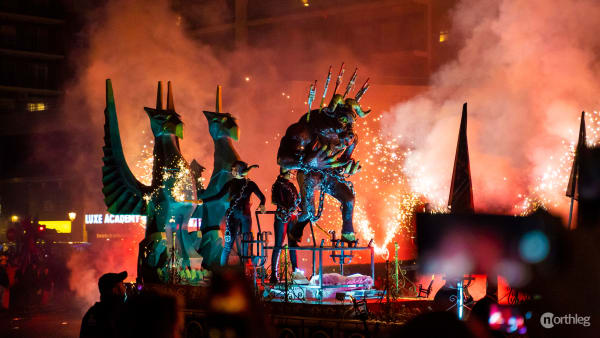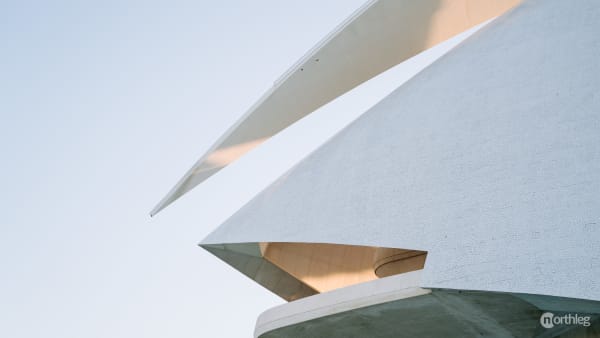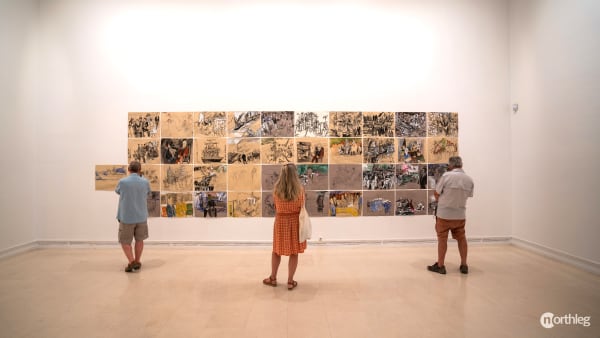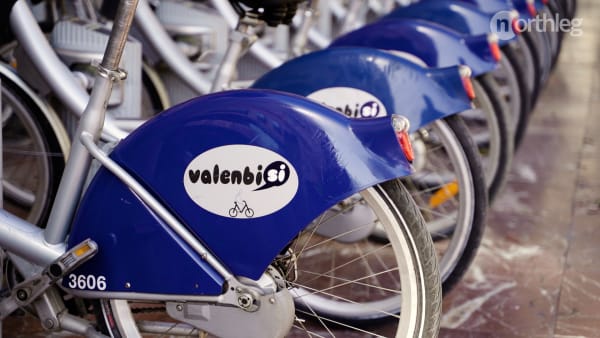Curiosities
Curiosities
Here you can have more details regarding the symbolism behind all the decorations that ornament Estación del Norte. You’ll also find out what remains of the old steam locomotives that used to enter and leave the station every day.
Steam locomotives
While it might not be visible from the outside, Estación del Norte still carries the vestige of what the early railway systems used to be. If you look at the roof of the station from above, or from the inside (above the platforms), you’ll notice a central opening in the canopy.

This longitudinal opening that runs almost the entire length of the central nave doesn’t only serve the purpose of letting light in. As a matter of fact, its primary purpose was to allow the fumes from the steam engines underneath to escape.
Steam locomotives stopped being popular in Spain after the mid-20th century. In fact, the last steam engine was turned off in June 1975. Nevertheless, the opening in the canopy remains.
Symbolism
As soon as you get to the station, you’ll surely notice the mosaics, tiles, and bas-reliefs that decorate the facade and hall of the building. These decorations are not just Art Nouveau inspired geometry and nature-themed motifs, but rather they represent the city itself.
One of the most recurring elements is the constant reference to the Valencian Huerta, the cultivated fields that surround the city. The fruit that is repeated most often is the orange and its blossoms, which together come to symbolise Valencian agriculture and its produce as a whole.

Inside, in the hall, you’ll find hand-painted tiles representing Valencian farmers, fields, and folklore. You’ll even see a large panel depicting a Fallera carrying a flower bouquet.
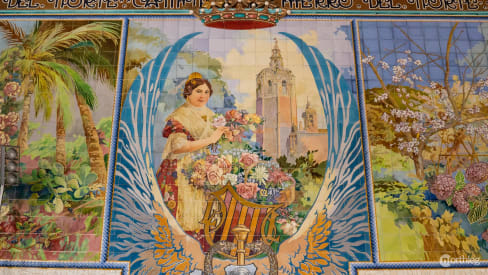
On the facade, hovering over the station, you’ll see an iron eagle, which is meant to symbolise speed. Right under the eagle, and repeated in other parts of the station, you’ll see the Valencian coat of arms, four red bars on a yellow background.










